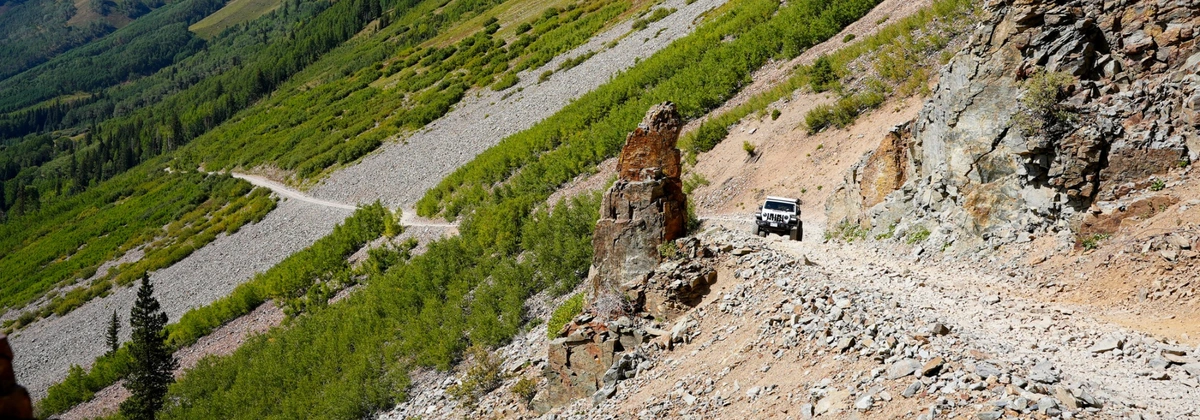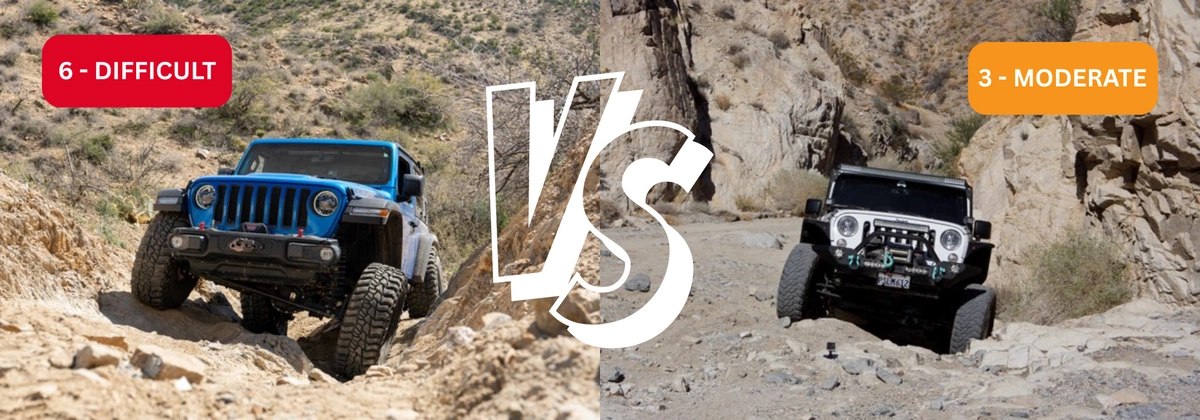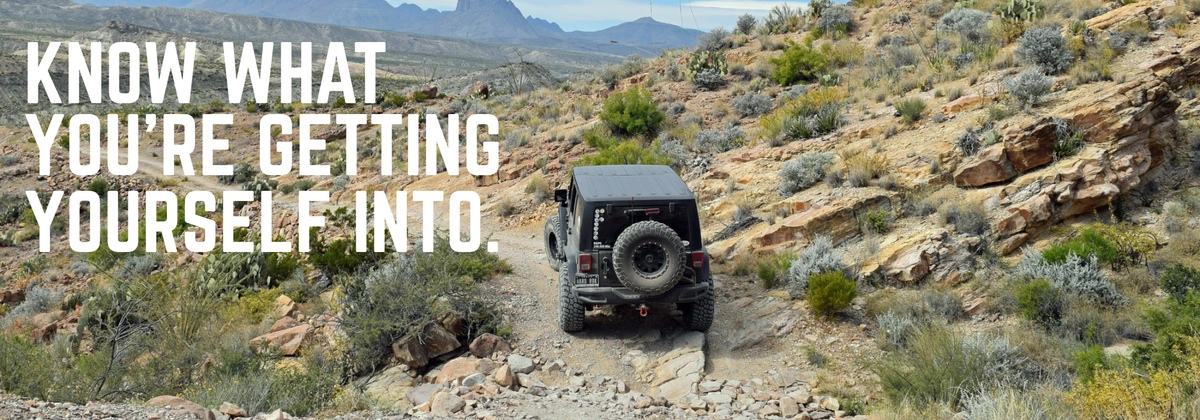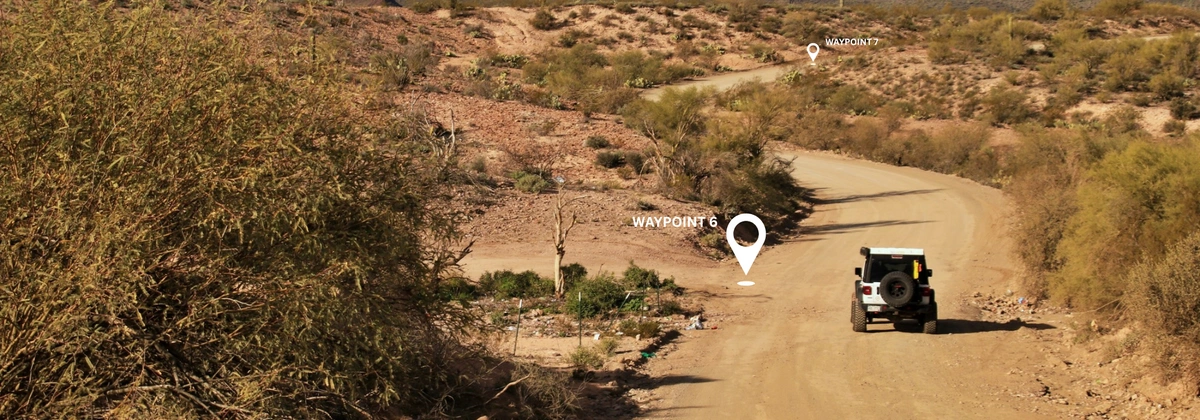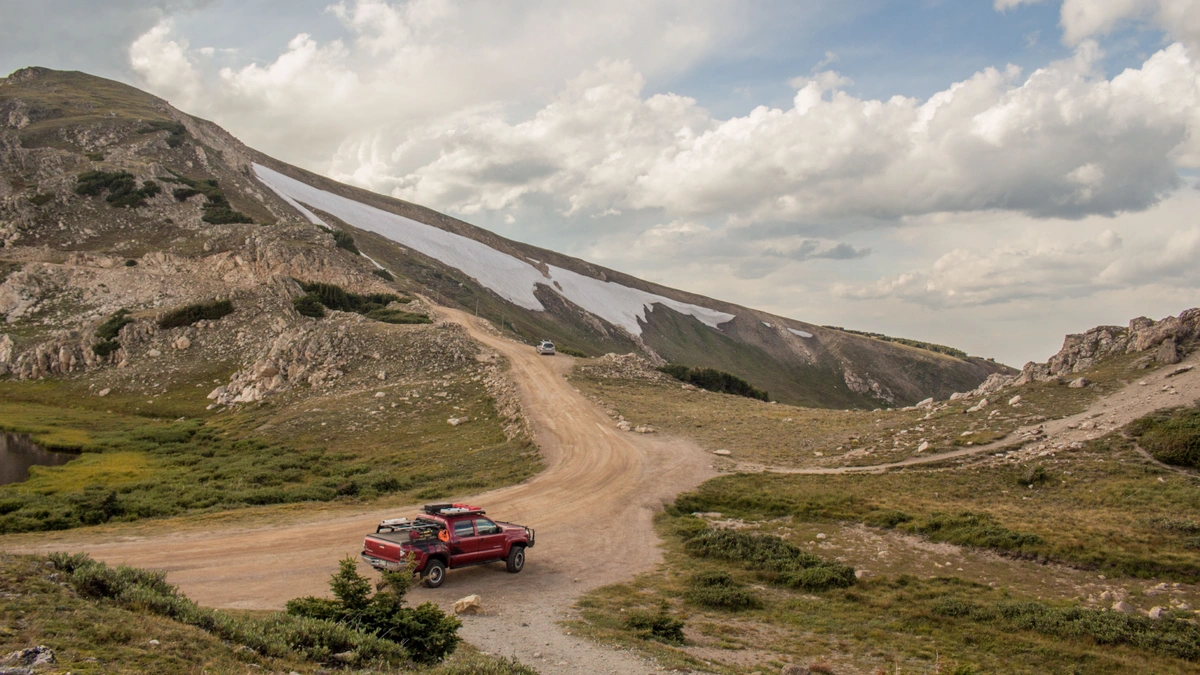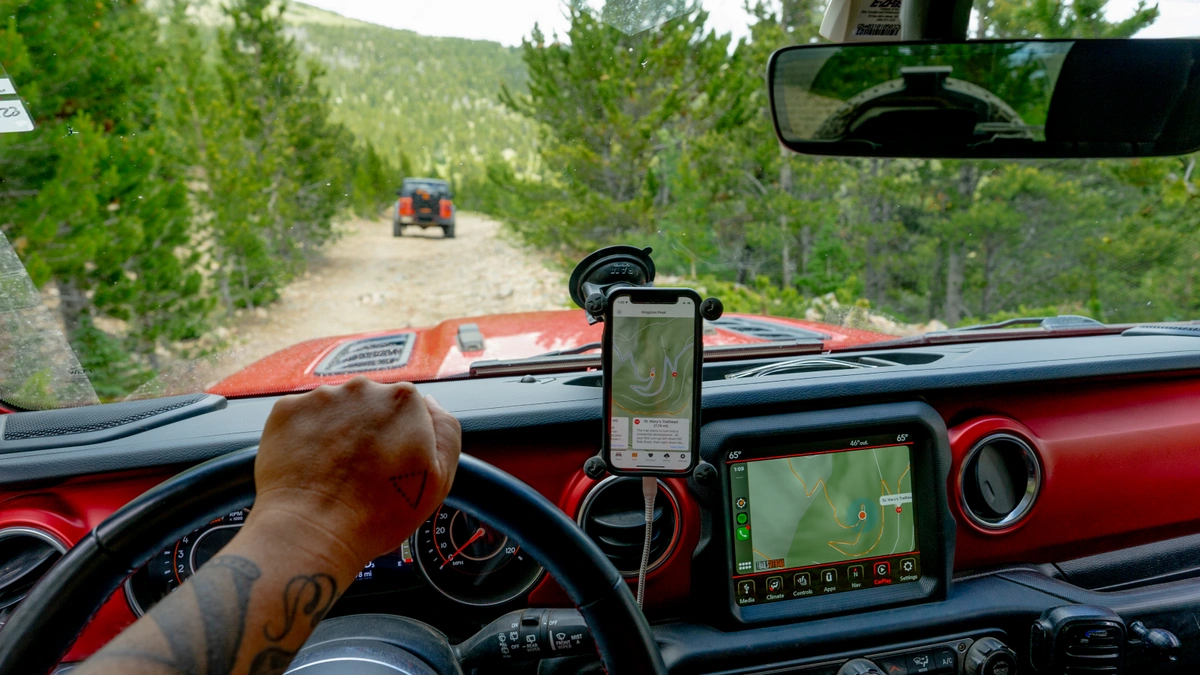
How to Find the Perfect Offroad Trail with Trails Offroad™
If you’ve ever stood at the start of a trail wondering, “Is this a good idea?” — you’re not alone. Picking the right trail is one of the most important parts of any off-road adventure. Whether you’re driving a stock 4Runner or a fully built Tacoma, matching your rig’s setup (and your experience level) to the trail ahead makes all the difference between a great day out and a headache waiting to happen.
That’s where Trails Offroad™ comes in. It’s more than just a list of trails — it’s a planning tool that helps you figure out where to go, what to expect, and if the trail is actually doable for your setup. In this guide, I’ll walk you through how to use the site (and the app) to find the best off-road trails for your rig — and avoid biting off more than you can chew.
Why Picking the Right Trail Matters
Not all off-road trails are created equal. One might be a scenic gravel road through the woods, while another starts with a rock garden and ends in a mud pit. If you’re new to wheeling, out exploring solo, or just unsure about a trail, guessing can get you into trouble fast.
Choosing the right trail for your rig and your skill level isn’t about playing it safe — it’s about making smart choices so you can explore more confidently. That’s exactly what we help with.
Understanding the Trails Offroad™ Technical Rating System
Every trail listed on our site comes with a Technical Rating from 1 to 10. These ratings are based on real-world trail conditions, terrain types, and what kind of rig and gear you need to complete the trail. Here’s a quick look at the scale:
1-2: EASY
Great for high-clearance 2WD or stock 4WD. Think dirt or gravel roads with minor ruts, dips, or rocks under 9".
3-4: MODERATE
You’ll want 4WD and decent ground clearance. Expect rocks, mild climbs, and potential water crossings. Tire placement starts to matter here.
5-6: DIFFICULT
Time to break out the armor. These trails usually call for a lift, off-road tires, sliders, and maybe lockers or a winch. Expect bigger obstacles and the possibility of body damage.
7-8: SEVERE
Built rigs only. These trails have major obstacles, off-camber sections, deep water, and rock ledges up to 7 feet tall. Body damage is likely, and rollovers are possible.
9-10: EXTREME
Buggy territory. These are trails with vertical climbs, deep mud, massive ledges, and almost guaranteed vehicle damage. You’ll need all the gear — and then some.
It’s also important to note that many trails include both mandatory and optional ratings. Optional difficulty ratings usually apply to obstacles that have bypasses. These allow users to choose a more technical challenge or stick to the main route—offering flexibility depending on your rig and experience level.
Don’t forget: trail ratings are based on normal, dry conditions. Rain, snow, ice, or even early morning dew can make a trail much harder than expected. Clay turns slick like grease, rocks get slippery, sand becomes more demanding, and snow or ice can quickly test your driving skills and recovery options. Always factor in the current weather—and don’t be afraid to change your plans if things look sketchy.
Finding the Right Trail (and Knowing What You’re Getting Into)
The best place to start is the Trails Offroad™ map. From there, you can search for specific trails, areas you want to explore, or by coordinates, if you have any. Once you’ve found an area you’re interested in, you can filter trails based on their difficulty rating. You can scroll around the map and explore until you find something that feels like a good match for your setup.
When you click on a trail, you’ll see one of two types of guides: an All-Access Guide or a Scout Route. Both include key details like trail length, current status, and a short description—but that’s where the similarities end. As the name suggests, All-Access Guides offer a much deeper dive into what to expect. You’ll find a dedicated Trail Difficulty and Assessment section that breaks down the recommended vehicle type, potential concerns on the trail, and a quick summary of the overall terrain. Scout Routes, on the other hand, are more limited in detail. These are trails that haven’t yet been fully documented by our team. However, they can be upvoted by users—once a Scout Route gets enough upvotes, our crew will prioritize it for a full guide.
User-submitted reviews are another great resource—especially for Scout Routes. Since these routes don’t include in-depth assessments, the community reviews can help you piece together what to expect. Whether it’s someone confirming the trail is stock-friendly or reporting fresh ruts and washed-out sections, recent feedback can give you a better feel for current conditions. And for All-Access Guides, reviews are just as valuable—they help paint a real-time picture of how the trail is holding up, beyond what was recorded when the guide was written.
By using the map to search, filter, and explore, then diving into the guide details and user reviews, you’re setting yourself up for a much better trail day. Knowing what to expect before you go means fewer surprises—and a lot more fun. Take a little time to plan, and you’ll spend way more time enjoying the trail instead of second-guessing if you’re in over your head.
Tips for Choosing the Right Trail for Your Setup
Before you head out, remember these tips:
- Research before you go. Read the full trail guide and look over the vehicle requirements, concerns, and any photos so there are no surprises.
- Check both difficulty ratings. Pay attention to both the mandatory and optional difficulty ratings so you know what to expect.
- Look at recent reviews. These can give you a better picture of how the trail looks now, not just when the guide was written.
- Factor in the weather. Trail ratings assume dry conditions—always adjust your plans for rain, snow, or slick terrain.
- Start easy and build confidence. You can always level up next time. It’s better to enjoy a mellow trail than struggle through one that’s too advanced.
- Bring a friend or a second rig when you can. Especially early on, having support makes the day more fun and less stressful.
Bonus: Using the Trails Offroad™ App On the Trail
Once you’ve chosen your trail, the Trails Offroad™ app helps you stay on course. Before heading out, download the offline map for your selected trail. You can either download the GPX file, download the GPX to Gaia, or simply use the in-app Follow Mode.
Follow Mode shows your real-time location on the trail and lets you move through waypoints as you go—perfect for folks who prefer turn-by-turn guidance. Offline maps are a must. Even if you’re confident in your navigation skills, having access to your route without needing service is a safety net you’ll be glad to have. And pairing both can be a great option!
Picking the right trail doesn’t have to feel overwhelming. With tools like Trails Offroad™, you can plan smarter, drive more confidently, and have more fun doing it. Start with what you know, build your skills one trail at a time, and lean on resources that make the process easier. The adventure is still yours—you’re just navigating it with a little more strategy.
